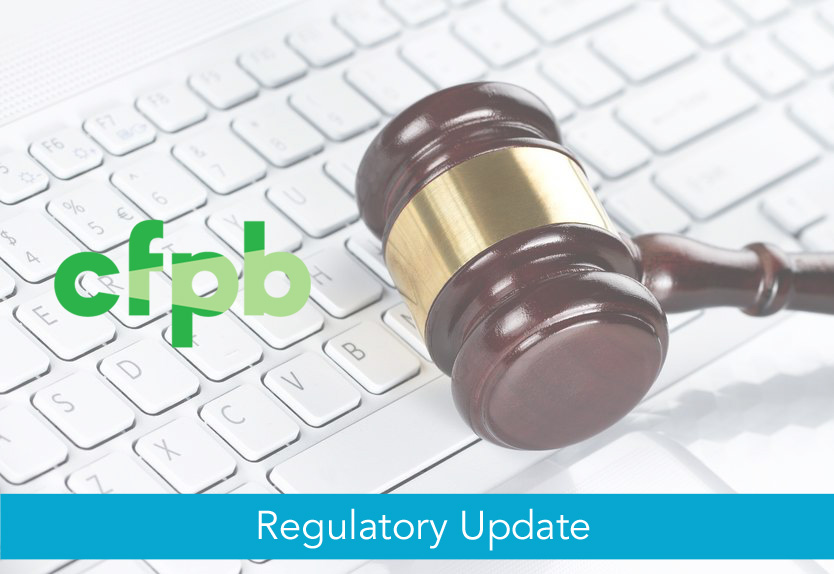
Bureau Extends Provisions to Cover More Community Banks, Credit Unions, and Other Creditors
WASHINGTON, D.C. – The Consumer Financial Protection Bureau (CFPB) today finalized several changes to its mortgage rules to facilitate responsible lending by small creditors, particularly in rural and underserved areas. The new rule, which was proposed in January, will increase the number of financial institutions able to offer certain types of mortgages in rural and underserved areas, and gives small creditors time to adjust their business practices to comply with the rules.
“The financial crisis was not caused by community banks and credit unions, and our mortgage rules reflect the fact that small institutions play a vital role in many communities,” said CFPB Director Richard Cordray. “These changes will help consumers in rural or underserved areas access the mortgage credit they need, while still maintaining these important new consumer protections.”
In January 2013 and May 2013, the CFPB issued several mortgage rules, most of which took effect in January 2014. Among these rules, the Ability-to-Repay rule protects consumers from irresponsible mortgage lending by requiring that lenders generally make a reasonable and good-faith determination that prospective borrowers have the ability to repay their loans. Under the Ability-to-Repay rule, a category of loans called Qualified Mortgages prohibit certain risky loan features for consumers and are presumed to comply with ability-to-repay requirements.
There are a variety of provisions in the rules that affect small creditors, as well as small creditors that operate predominantly in rural or underserved areas. For instance, a provision in the Ability-to-Repay rule extends Qualified Mortgage status to loans that small creditors hold in their own portfolios, even if consumers’ debt-to-income ratio exceeds 43 percent. Small creditors that operate predominantly in rural or underserved areas can originate Qualified Mortgages with balloon payments even though balloon payments are otherwise not allowed with Qualified Mortgages. Similarly, under the Bureau’s Home Ownership and Equity Protection Act rule, such small creditors can originate high-cost mortgages with balloon payments. Also, under the Bureau’s Escrows rule, eligible small creditors that operate predominantly in rural or underserved areas are not required to establish escrow accounts for higher-priced mortgages.
Since issuing the mortgage rules, the CFPB has continued to monitor the mortgage market and seek public feedback. The changes finalized today reflect the Bureau’s ongoing study of the market and extensive outreach to stakeholders including consumer advocates and industry groups.
Today’s final rule will:
- Expand the definition of “small creditor”: The loan origination limit for small-creditor status will be raised from 500 first-lien mortgage loans to 2,000 and will exclude loans held in portfolio by the creditor and its affiliates.
- Include mortgage affiliates in calculation of small-creditor status: The final rule does not change the current asset limit for small-creditor status, which is set at less than $2 billion (adjusted annually) in total assets as of the end of the preceding calendar year. However, under the new rule the assets of the creditor’s mortgage-originating affiliates are included in calculating whether a creditor is under the limit.
- Expand the definition of “rural” areas: In addition to counties that are considered to be “rural” under the CFPB’s current mortgage rules, today’s final rule expands the definition of “rural” to include census blocks that are not in an urban area as defined by the Census Bureau. The rule adds two new safe harbors for determining whether a property location meets the definition of rural. A creditor will be able to rely on an automated address look-up tool available on the Census Bureau’s website or on a new automated tool that will be provided on the Bureau’s website. The rule maintains the current safe harbor for creditors who choose to rely on the county lists available on the Bureau’s website.
- Provide grace periods for small creditor and rural or underserved creditor status: Creditors that exceed the origination limit or asset-size limit in the preceding calendar year will be allowed to operate, in certain circumstances, as a small creditor with respect to mortgage transactions with applications received prior to April 1 of the current calendar year. Today’s final rule creates a similar grace period for creditors that no longer operated predominantly in rural or underserved areas during the preceding calendar year.
- Create a one-year qualifying period for rural or underserved creditor status: The final rule adjusts the time period used in determining whether a creditor is operating predominately in rural or underserved areas, from any of the three preceding calendar years to the preceding calendar year.
- Provide additional implementation time for small creditors: Eligible small creditors are currently able to make balloon-payment Qualified Mortgages and balloon-payment high-cost mortgages regardless of where they operate, under a temporary exemption scheduled to expire on January 10, 2016. Today’s final rule extends that period to include balloon-payment mortgage transactions with applications received before April 1, 2016, giving creditors more time to understand how any changes will affect their status, and to adjust their business practices.
Today’s final rule is being adopted as proposed, with several technical changes and clarifications. The final rule, including its changes and clarifications, will take effect January 1, 2016.
A copy of the final rule is available at:https://files.consumerfinance.gov/f/201509_cfpb_amendments-relating-to-small-creditors-and-rural-or-underserved-areas-under-the-truth-in-lending-act-regulation-z.pdf